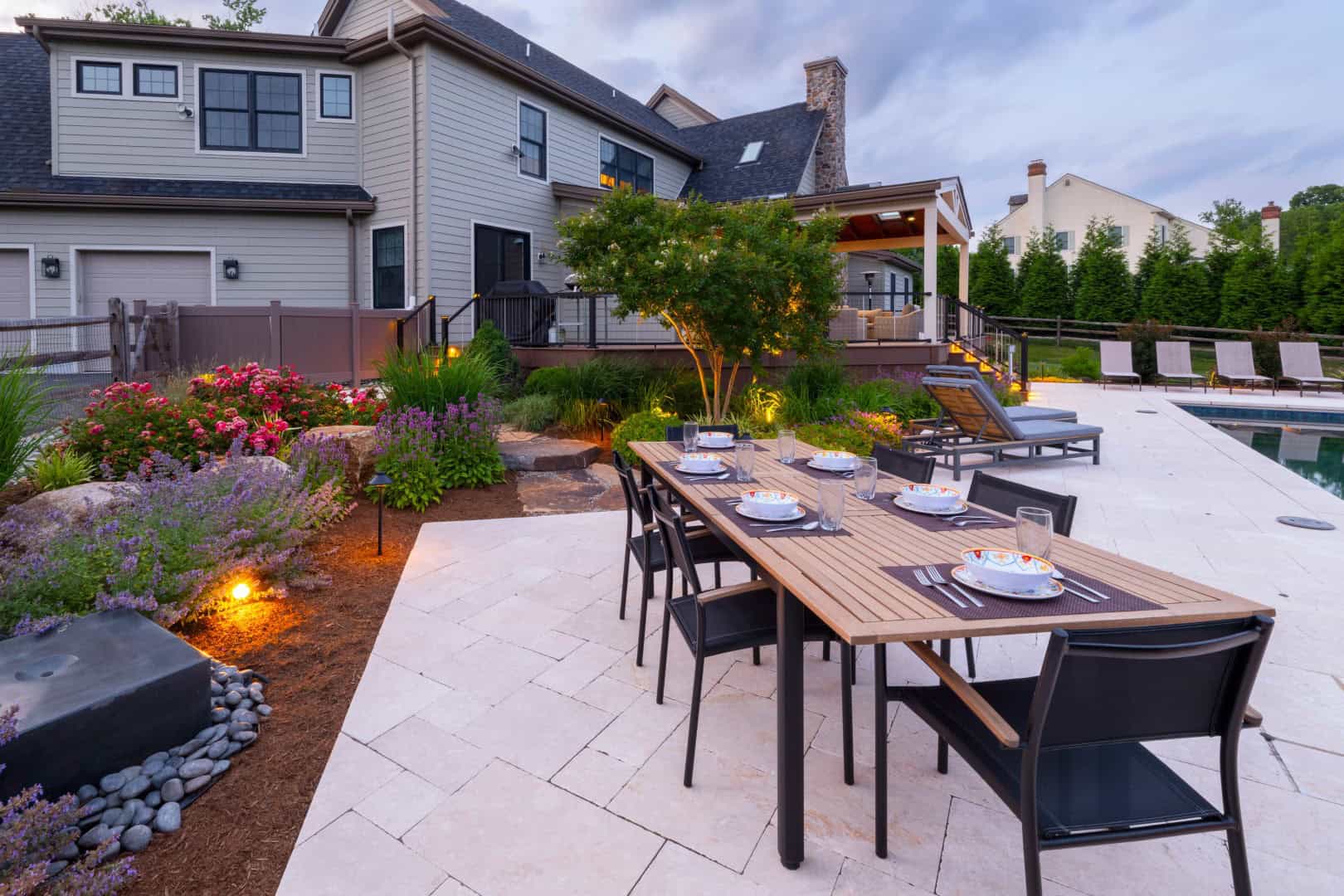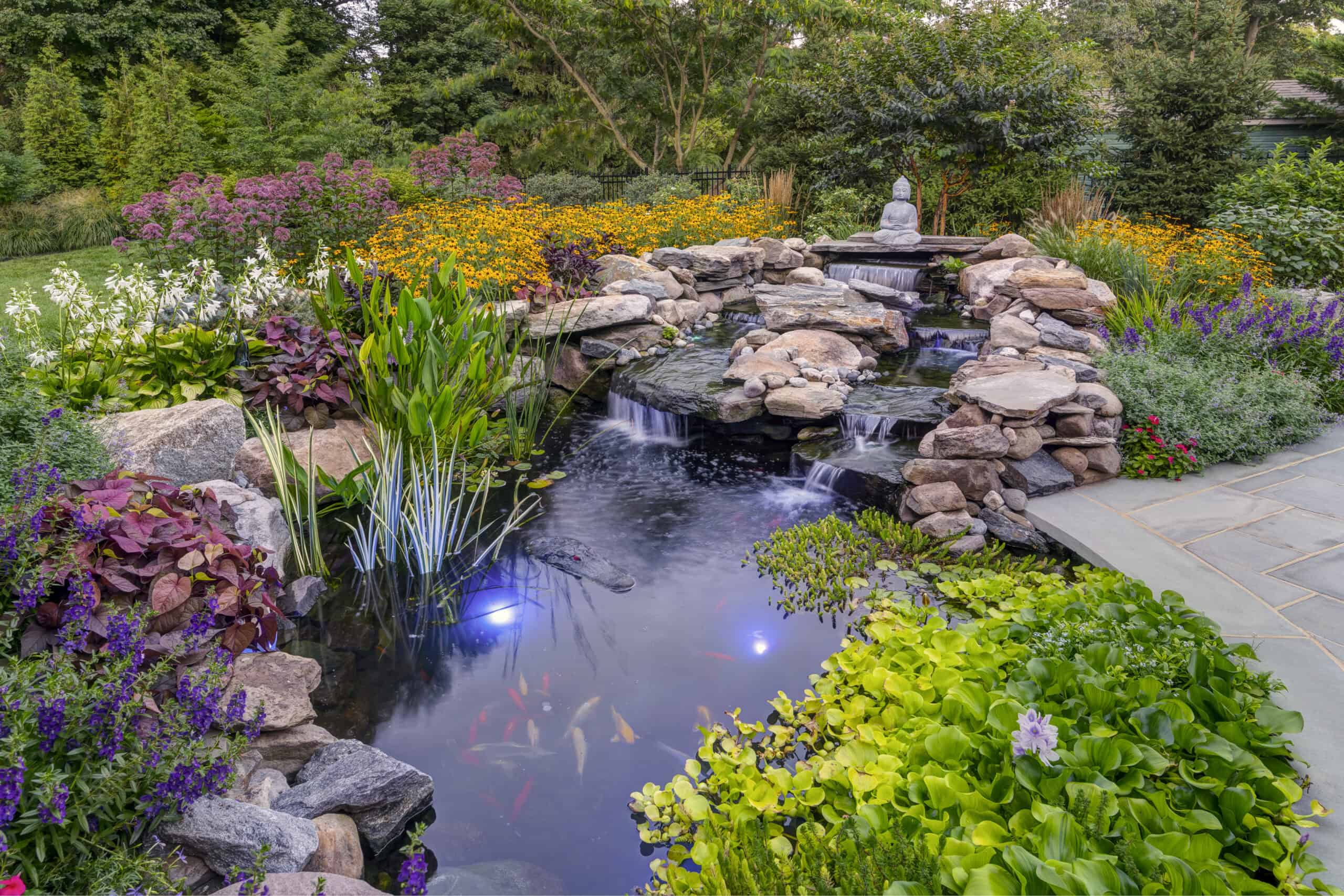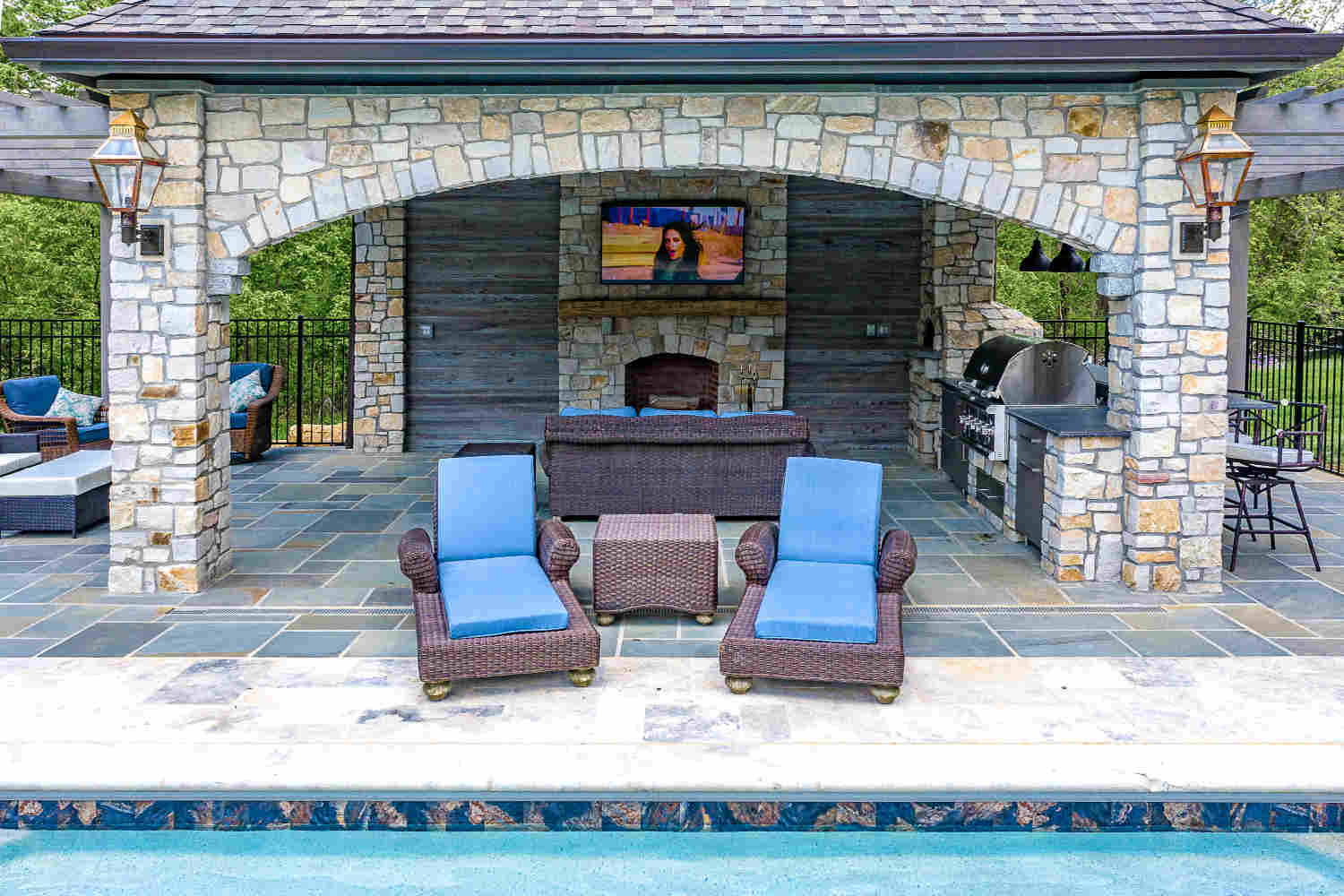Creating Connected Indoor-Outdoor Living Spaces in Delaware County Homes
Delaware County homeowners can expand their living space by creating smooth transitions between indoor comfort and outdoor entertainment areas.
Share:

Summary:
Architectural Flow and Transition Design
Successful indoor-outdoor integration begins with analyzing your home’s existing architecture to identify natural connection points where interior and exterior spaces can merge organically. Door and window placement determines sight lines and access patterns that affect how people move between spaces during daily activities and entertainment events.
Floor level coordination creates smooth transitions that eliminate awkward steps or elevation changes that interrupt natural flow. Professional designers specify threshold materials and transition strips that bridge different flooring surfaces while providing weather resistance at door openings. Proper elevation planning prevents water infiltration while maintaining ADA accessibility requirements.
Material continuity links interior and exterior surfaces through coordinated colors, textures, and patterns that create visual connections even when different materials are required for performance reasons. Natural stone used for interior fireplaces can extend to outdoor kitchen countertops, while interior wood tones can influence deck and pergola material selection.
Covered transition areas like porches, pergolas, and pavilions create intermediate spaces that bridge fully enclosed interior areas with open outdoor environments. These semi-protected zones provide comfort during Delaware County’s variable weather while offering flexibility for different seasonal activities. Professional design integrates these features with existing rooflines and architectural details that maintain home proportions.
Door and Window Integration
Large sliding doors, French doors, and retractable wall systems create physical connections that allow interior and exterior spaces to function as unified areas during favorable weather. Professional installation includes proper structural support and weather sealing that prevents air infiltration while maintaining thermal performance. Strategic door placement considers furniture arrangements and traffic patterns that optimize space utilization.
Roofline and Structural Connections
Large sliding doors, French doors, and retractable wall systems create physical connections that allow interior and exterior spaces to function as unified areas during favorable weather. Professional installation includes proper structural support and weather sealing that prevents air infiltration while maintaining thermal performance. Strategic door placement considers furniture arrangements and traffic patterns that optimize space utilization.
Lighting Systems That Unify Interior and Exterior Environments
Coordinated lighting design creates visual continuity between indoor and outdoor spaces while providing functional illumination that supports activities throughout extended living areas. Professional designers specify compatible color temperatures and control systems that allow unified operation of interior and exterior lighting zones during entertainment events.
Interior accent lighting that highlights architectural features can extend outdoors through coordinated landscape lighting that emphasizes corresponding exterior elements. Consistent beam angles and fixture styles create cohesive lighting environments that feel intentionally designed rather than randomly assembled. Professional installation ensures proper electrical integration while meeting code requirements for outdoor applications.
Smart lighting controls enable synchronized operation of interior and exterior systems through single interfaces that simplify daily operation while providing automated scheduling for security and energy management. Integrated systems respond to occupancy sensors and time schedules that optimize lighting for different activities while reducing operational costs.
Window lighting placement creates connections between interior task lighting and exterior area illumination that support activities spanning both environments. Kitchen island lighting can coordinate with outdoor kitchen illumination to create unified cooking and entertainment areas. Professional design balances task requirements with ambient lighting that maintains comfortable environments for extended use.
Color Temperature Coordination
Matching color temperatures between interior and exterior LED systems creates uniform lighting environments that feel natural and comfortable. Professional designers specify 3000K warm white temperatures that complement both interior fixtures and outdoor landscape elements. Consistent color temperatures prevent the harsh contrasts that create eye fatigue and destroy evening ambiance.
Control System Integration
Smart home integration allows voice control and smartphone operation of lighting zones that span interior and exterior areas. Professional programming creates scene controls that automatically adjust multiple lighting zones for different activities like dining, entertaining, or security monitoring. Advanced systems include scheduling and sensor integration that provides automated operation while maintaining manual override capabilities.
Maximizing Delaware County Home Connectivity
Professional indoor-outdoor integration transforms separate spaces into unified living environments that expand your home’s functional capacity while addressing Pennsylvania’s climate challenges. Understanding architectural flow principles and lighting coordination helps create connections that feel natural while providing year-round usability. Contact qualified Delaware County professionals to assess your home’s integration potential and develop solutions that expand your living space while protecting your investment in both interior and exterior improvements.
Article details:
- Published by:
- DiSabatino Landscaping
- Published to:
- Last modified: July 4, 2025
Share:
Continue learning:



